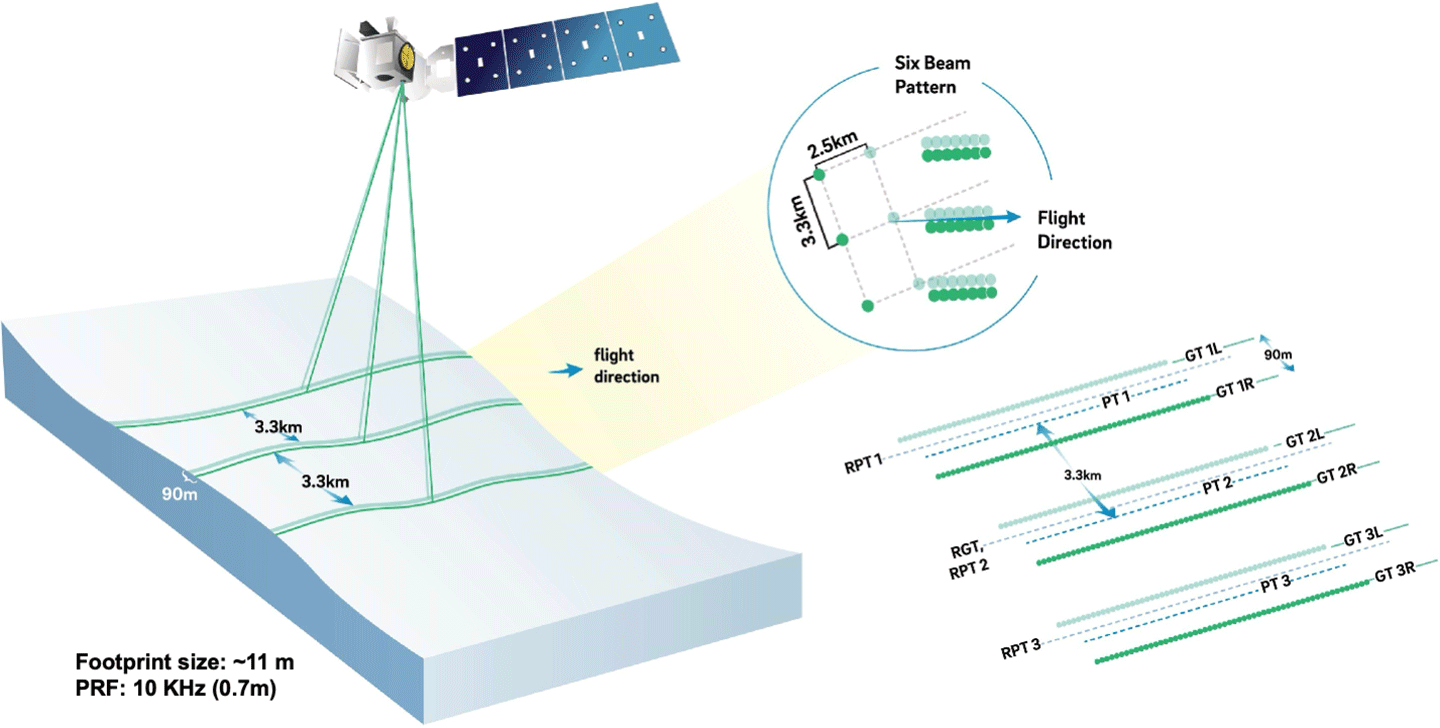NASA’s Deep Space Network Turns 60 and Prepares for the Future
The agency’s DSN provides critical communications and navigation services to dozens of space missions, and it’s being modernized to support dozens more. NASA’s Deep Space Network marks its 60th year on Dec. 24. In continuous operations since 1963, the DSN is what makes it possible for NASA to communicate with spacecraft at or beyond the […]
The agency’s DSN provides critical communications and navigation services to dozens of space missions, and it’s being modernized to support dozens more.
NASA’s Deep Space Network marks its 60th year on Dec. 24. In continuous operations since 1963, the DSN is what makes it possible for NASA to communicate with spacecraft at or beyond the Moon. The dazzling galactic images captured by the James Webb Space Telescope, the cutting-edge science data being sent back from Mars by the Perseverance rover, and the historic images sent from the far side of the Moon by Artemis I – they all reached Earth via the network’s giant radio dish antennas.
During 2024, these and other historic contributions from the past 60 years will be celebrated by NASA’s Space Communications and Navigation (SCaN) program, which manages and directs the ground-based facilities and services that the DSN provides.
More than 40 missions depend on the network, which is expected to support twice that number in the coming years. That’s why NASA is looking to the future by expanding and modernizing this critical global infrastructure with new dishes, new technologies, and new approaches.
“The DSN is the heart of NASA – it has the vital job of keeping the data flowing between Earth and space,” said Philip Baldwin, acting director of the network services division for SCaN at NASA Headquarters in Washington. “But to support our growing portfolio of robotic missions, and now the human Artemis missions to the Moon, we need to push forward with the next phase of DSN modernization.”
Meeting Added Demands
Managed by NASA’s Jet Propulsion Laboratory in Southern California for SCaN, the DSN allows missions to track, send commands to, and receive scientific data from faraway spacecraft. To ensure those spacecraft can always connect with Earth, the DSN’s 14 antennas are divided between three complexes spaced equally around the world – in Goldstone, California; Canberra, Australia; and Madrid, Spain.
To make sure the network can maximize coverage between so many missions, schedulers work with DSN team members to secure network support for critical operations. For more efficiency, NASA has also changed how the network is operated: With a protocol called “Follow the Sun,” each complex takes turns running the entire network during their day shift and then hands off control to the next complex at the end of the day in that region – essentially, a global relay race that takes place every 24 hours. The cost savings, in turn, help fund DSN enhancements.
At the same time, NASA has been busy making improvements to increase capacity, from upgrading and adding dishes to developing new technologies that will help support more spacecraft and dramatically increase the amount of data that can be delivered.
One such technology is laser, or optical, communications, which could enable more data to be packed into transmissions. “Laser communications could transform how NASA communicates with faraway space missions,” said Amy Smith, deputy project manager for the DSN at JPL.
After successfully testing the technique in Earth orbit and out to the Moon, NASA is currently using the DSOC (Deep Space Optical Communications) technology demonstration to test laser communications from ever-greater distances. Riding aboard the agency’s Psyche mission, DSOC has already sent video via laser to Earth from 19 million miles (31 million kilometers) away and aims to prove that high-bandwidth data can be sent from as far away as Mars.
“NASA is proving that laser communication is viable, so now we are looking at ways to build optical terminals inside the existing radio antennas,” said Smith. “These hybrid antennas will be able to still transmit and receive radio frequencies but will also support optical frequencies.”
Technological Heritage
New technology is something that NASA and the DSN have embraced from their inception. The network’s roots extend to 1958, when JPL was contracted by the U.S. Army to deploy portable radio tracking stations to receive telemetry of the first successful U.S. satellite, Explorer 1, which JPL built. A few days after Explorer 1’s launch, but before the creation of NASA later that year, JPL was tasked with figuring out what would be needed to create an unprecedented telecommunications network to support future deep space missions, beginning with the early Pioneer missions.
After NASA formed in 1958, JPL’s ground stations were named Deep Space Information Facilities, and they operated largely independently from one another until 1963. That’s when the DSN was officially founded and the ground stations were connected to JPL’s new network control center, which was nearing completion. Called the Space Flight Operations Facility, that building remains the “Center of the Universe” through which data from the DSN’s three global complexes flows.
“We have six decades driving technological innovation, supporting hundreds of missions that have made countless discoveries about our planet and the universe it inhabits,” said Bradford Arnold, deputy director for the Interplanetary Network at JPL. “Our amazing workforce that continues to drive that innovation today forms a steadfast foundation upon which we can build the next 60 years of space exploration and scientific advancement.”
For more information about the DSN, visit:
https://www.nasa.gov/communicating-with-missions/dsn/
News Media Contact
Ian J. O’Neill
Jet Propulsion Laboratory, Pasadena, Calif.
818-354-2649
ian.j.oneill@jpl.nasa.gov
2023-187
Share
Details
Related Terms
What's Your Reaction?












































